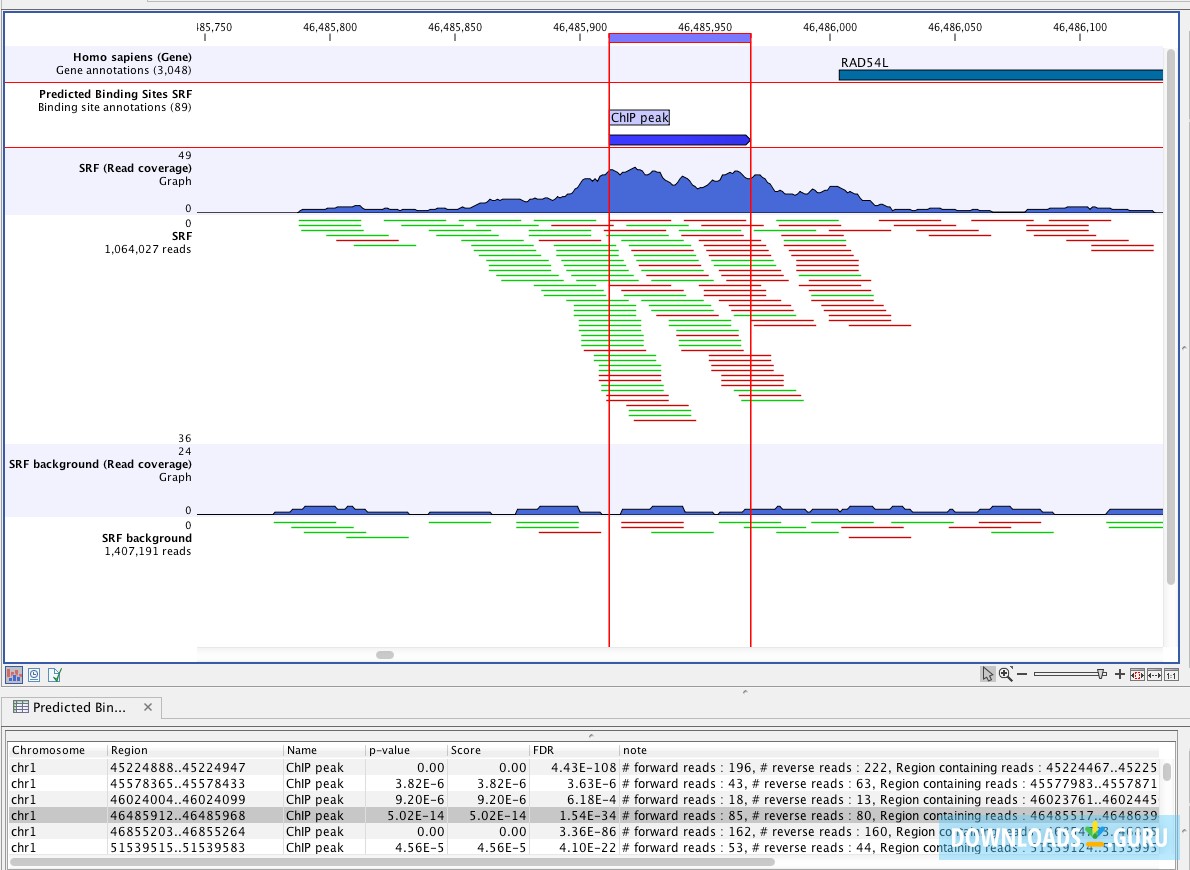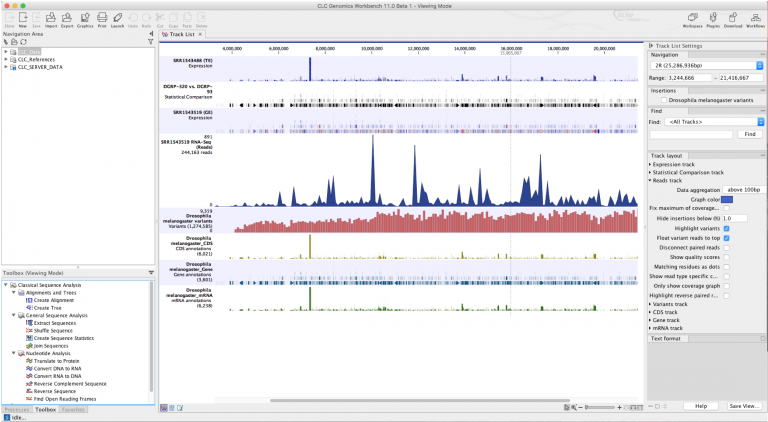

We evaluated the performance characteristics, ideal sequence analysis (tools and workflow for taxonomy, assembly, assembly improvement (“polishing”) and mapping), phylogenomic analysis, and prediction of decreased susceptibility or resistance to recommended therapeutic antimicrobials in N. However, the high error rate for the MinION sequencer 27, 28 has limited its ability to compete with existing sequencing technologies and the MinION has not been previously evaluated for gonococci. The MinION is promising for microbiological applications including describing the microbiome 31, rapid diagnostics 32, transmission and surveillance 33, 34, de novo assemblies 35, 36, 37, and microbial AMR profiling 38, 39. The MinION provides several new advantages: small size (10 × 3 × 2 cm), portability, speed, low cost, and direct connection to a laptop through a USB 3.0 interface the library construction involves simplified methods no amplification step is required, and data acquisition and analysis occur in real time. When both strands are sequenced, a consensus sequence of the molecule can be produced these consensus reads are termed two-directional reads (1D 2 or 2D ONT reads) and generally have higher accuracy than reads from only a single pass of the molecule (1D ONT reads). Oxford Nanopore Technologies (ONT) (Oxford, UK) have introduced this approach with their single-molecule nanopore genome sequencing device MinION, a TGS platform with unique technology that was commercialized in mid-2015 26, 27, 28, 29, 30. Individual DNA molecules can also be sequenced by monitoring their transfer through various types of pores 24, 25, which can potentially result in very long and unbiased sequence reads, because no amplification or chemical reactions are used for the sequencing 26. Third-generation sequencing (TGS) 22 has benefits such as increased read length, reduction of sequencing time and reduction of sequencing bias introduced by PCR amplification steps 23. Next generation sequencing (NGS) is ideal for the elucidation of the molecular determinants of AMR, their dissemination throughout the gonococcal population, and the emergence and dissemination of AMR strains in the human population, nationally and internationally 20, 21. Timely detection and surveillance of AMR gonococcal strains, their AMR determinants and their emergence and dissemination in the populations globally are crucial 5, 6, 7, 8, 11, 17, 18, 19. gonorrhoeae in its first list of AMR “priority pathogens” in 2017 8, 16.
Assembly via clc genomics workbench plus#
gonorrhoeae threatens the recommended dual antimicrobial therapy (last remaining option for empiric therapy), mainly ceftriaxone 250–500 mg plus azithromycin 1–2 g, and no new therapeutic antimicrobials are available 4, 5, 6, 7, 8, 9, 10, 11, 12, 13, 14, 15. Resistance to ceftriaxone and azithromycin in N. In 2012, the World Health Organization (WHO) estimated that there were 78 million new gonorrhoea cases worldwide 1, which can cause serious reproductive tract complications 2, 3, 4.

Gonorrhoea is a sexually transmitted infection caused by Neisseria gonorrhoeae (gonococcus). We also show that the 2D ONT-derived sequences are useful for rapid phylogenomic-based molecular epidemiological investigations, and, in hybrid assemblies with Illumina sequences, for producing contiguous assemblies and finished reference genomes. Nevertheless, using an in house-developed CLC Genomics Workbench including de novo assembly and optimised BLAST algorithms, we show that 2D ONT-derived sequences can be used for accurate prediction of decreased susceptibility or resistance to recommended antimicrobials in gonococcal isolates. In this first MinION study for gonococci, we show that MinION-derived sequences analysed with existing open-access, web-based sequence analysis tools are not sufficiently accurate to identify key gonococcal AMR determinants. However, accuracy of MinION reads has been suboptimal for many objectives and the MinION has not been evaluated for gonococci. The novel, rapid and revolutionary long-read sequencer MinION is a small hand-held device that generates bacterial genomes within one day.

Whole-genome sequencing is ideal for investigation of emergence and dissemination of AMR determinants, predicting AMR, in the gonococcal population and spread of AMR strains in the human population. Rapid characterisation of AMR strains could ensure appropriate and personalised treatment, and support identification and investigation of gonorrhoea outbreaks in nearly real-time. Antimicrobial resistance (AMR) in Neisseria gonorrhoeae is common, compromising gonorrhoea treatment internationally.


 0 kommentar(er)
0 kommentar(er)
